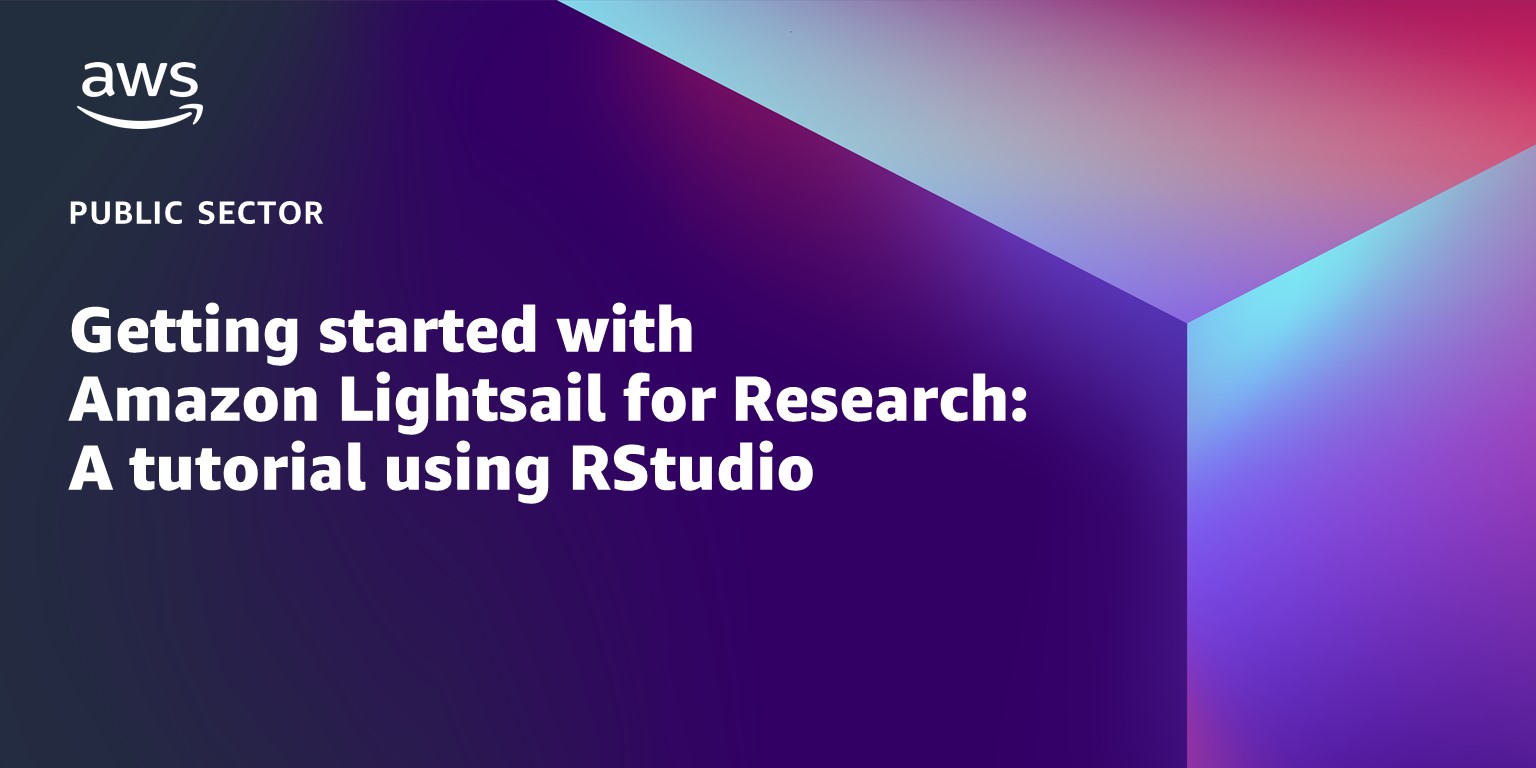AWS Public Sector Blog
Tag: Cloud for research
St. Louis University uses AWS to make big data accessible for researchers
The research team at SLU’s Sinquefield Center for Applied Economic Research (SCAER) required vast quantities of anonymized cell phone data in order to study the impacts of large-scale social problems. SCAER needed to store, clean, and process 450 terabytes of data, so it worked with Amazon Web Services (AWS) to create a fast, cost-effective solution for managing its growing quantities of data.
Getting started with Amazon Lightsail for Research: A tutorial using RStudio
Amazon Lightsail for Research is a new service that makes it simple to incorporate cloud computing resources into your work without cloud experience. With Lightsail for Research, you can shift large and/or time-consuming analysis from your laptop onto powerful cloud resources, run multiple analyses simultaneously, and continue computations even when your laptop is off or being used for other activities. In this blog post, learn how to use Lightsail for Research with a simple but common use case.
How to set up Galaxy for research on AWS using Amazon Lightsail
Galaxy is a scientific workflow, data integration, and digital preservation platform that aims to make computational biology accessible to research scientists that do not have computer programming or systems administration experience. Although it was initially developed for genomics research, it is largely domain agnostic and is now used as a general bioinformatics workflow management system, running on everything from academic mainframes to personal computers. But researchers and organizations may worry about capacity and the accessibility of compute power for those with limited or restrictive budgets. In this blog post, we explain how to implement Galaxy on the cloud at a predictable cost within your research or grant budget with Amazon Lightsail.
How to put a supercomputer in the hands of every scientist
The AWS Cloud gives you access to virtually unlimited infrastructure suitable for high performance computing (HPC) workloads. With HPC, you can remove long queues and waiting times so you don’t have to choose availability over performance. In this technical guide, learn how to use AWS ParallelCluster to set up and manage an HPC cluster in a flexible, elastic, and repeatable way.
Environmental Problem Solvers: University of California Santa Barbara Builds Machine Learning Tool to Measure Chemical Impact
Currently, there are 150 million chemicals registered and managed by the American Chemical Society. Every day, 15,000 to 20,000 new chemicals are registered. These chemicals are present in everything from our household cleaning products to the food we eat. But how do these chemicals affect us? And how do they affect the environment? A research group at the Bren School of Environmental Science & Management at UC Santa Barbara, with funding from the Environmental Protection Agency (EPA), works to answer those questions for the masses with the Chemical Life Cycle Collaborative (CLiCC) tool.




